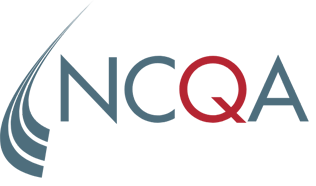For PHM 1, Element B, NCQA evaluates communicating information to members who become eligible for programs that involve interactive contact.
Therefore, for any program that involves interactive contact (e.g., CCM, wellness coaching, web-based tools, disease management, smoking cessation classes), if the organization under review (e.g., a plan) contracts with another organization (e.g., a PHM company) to perform the function and the PHM company is responsible for communicating the information required to meet PHM 1, Element B, the plan has delegated the functions associated with PHM 1, Element B. This is considered delegation and all delegation requirements, including oversight, apply.
If the PHM company provides a technology supported service, such as a web-based tool, this is a vendor relationship for any requirements that directly evaluate the PHM function (e.g., PHM 4).
HP 2020

